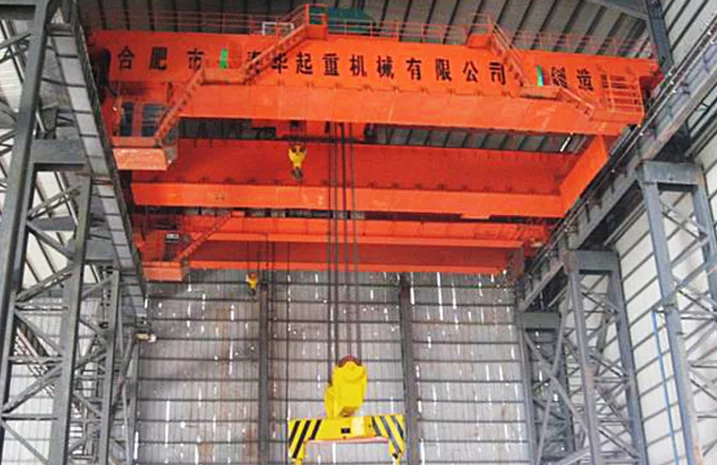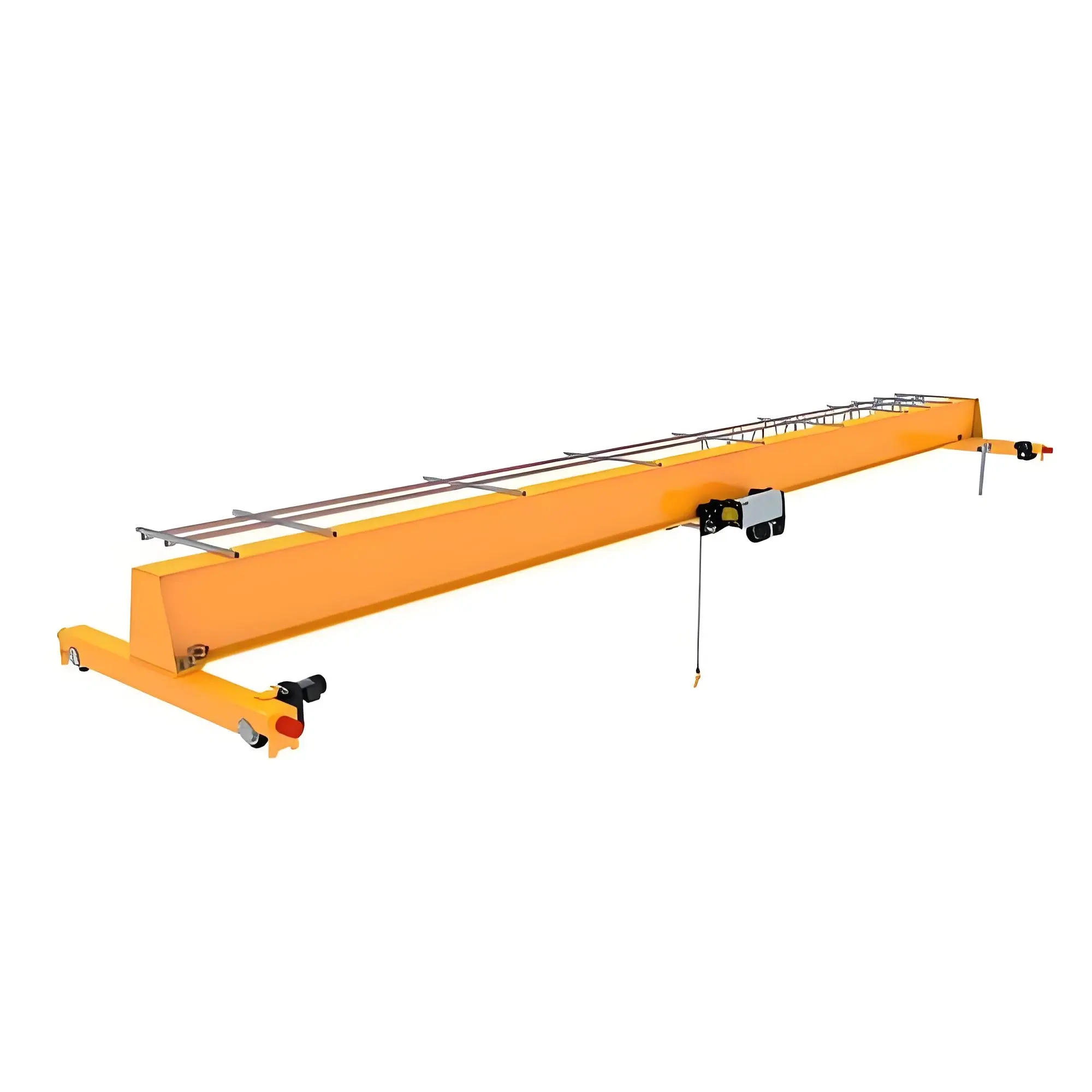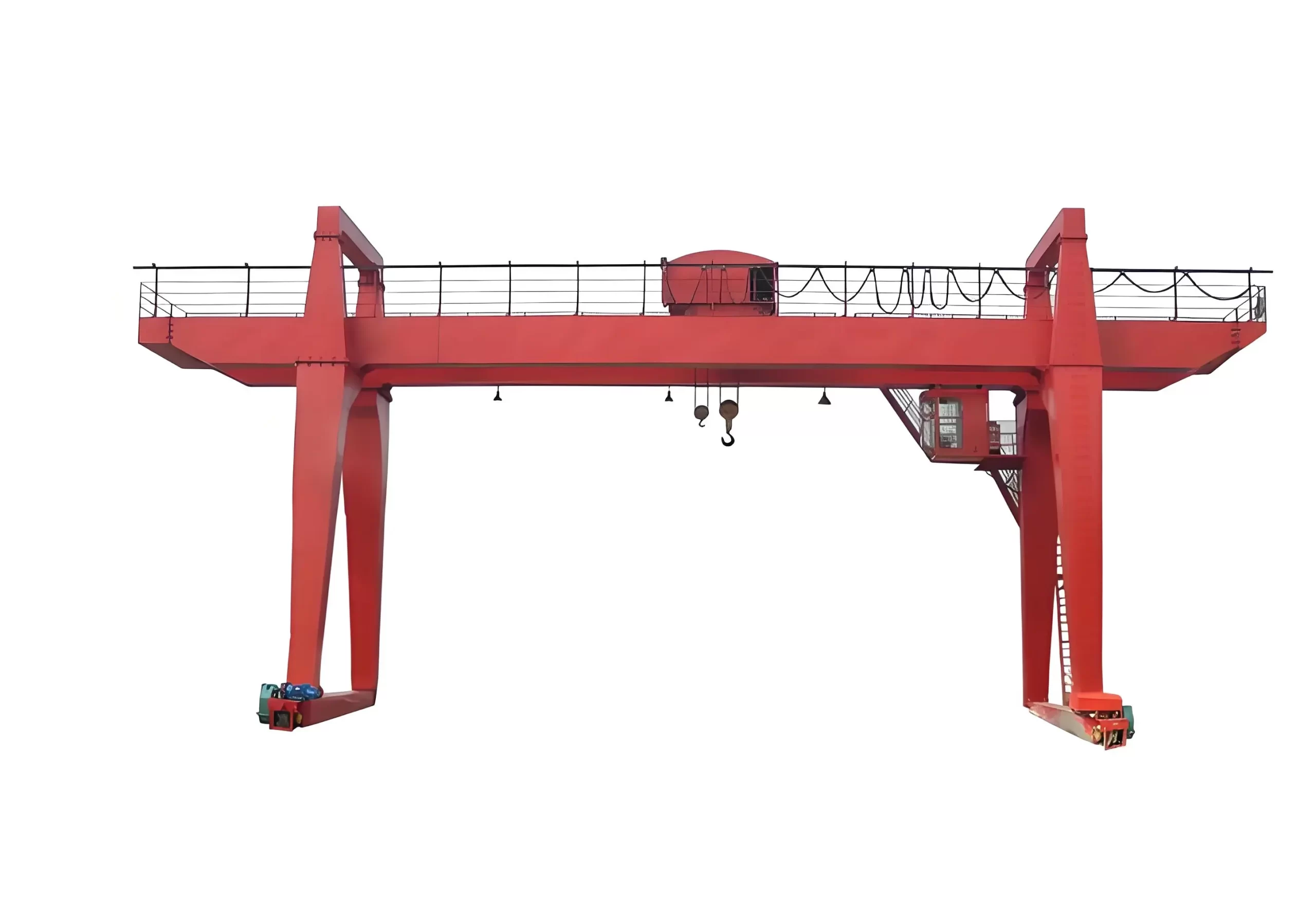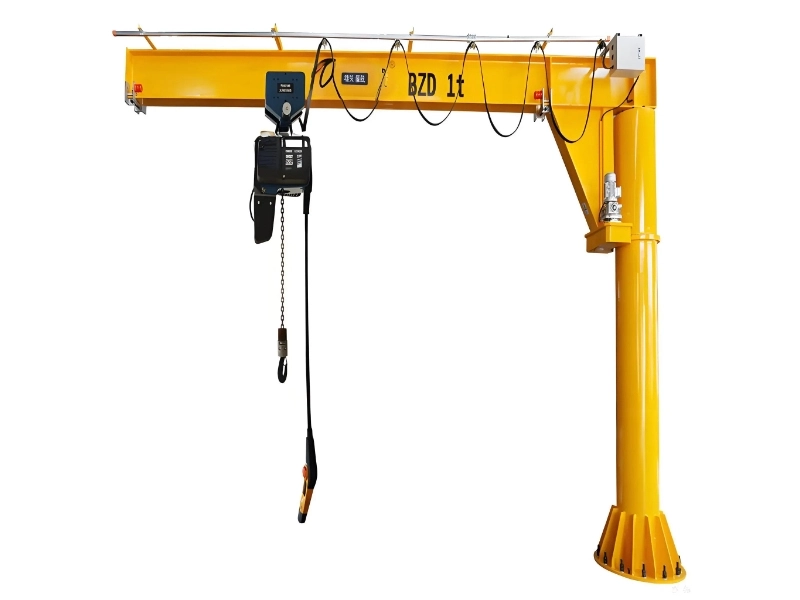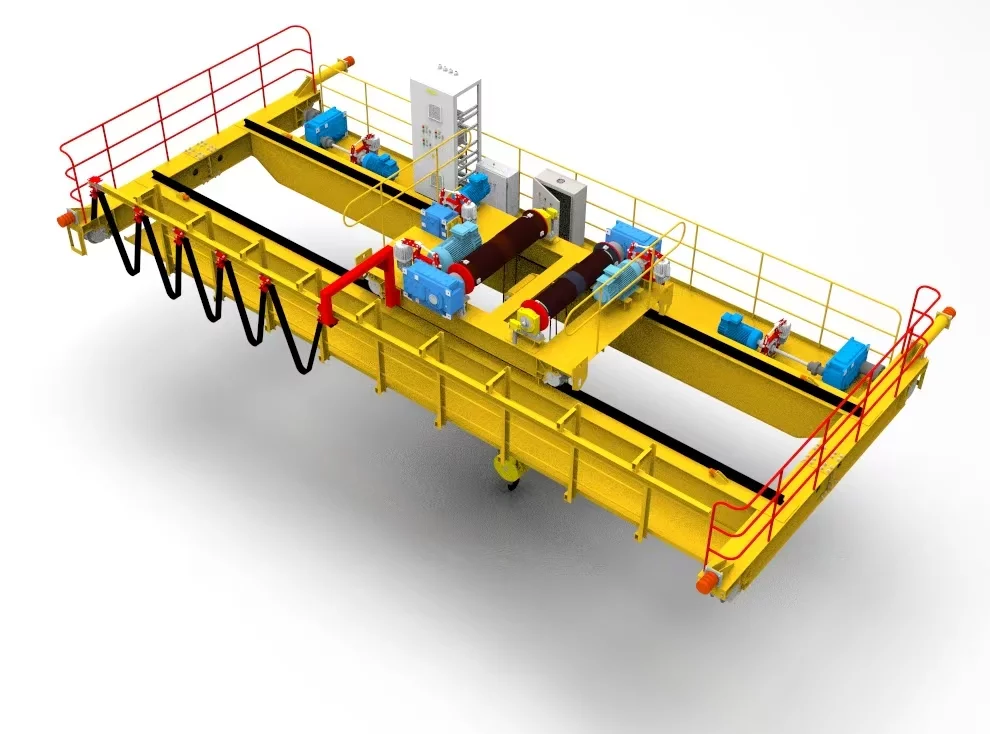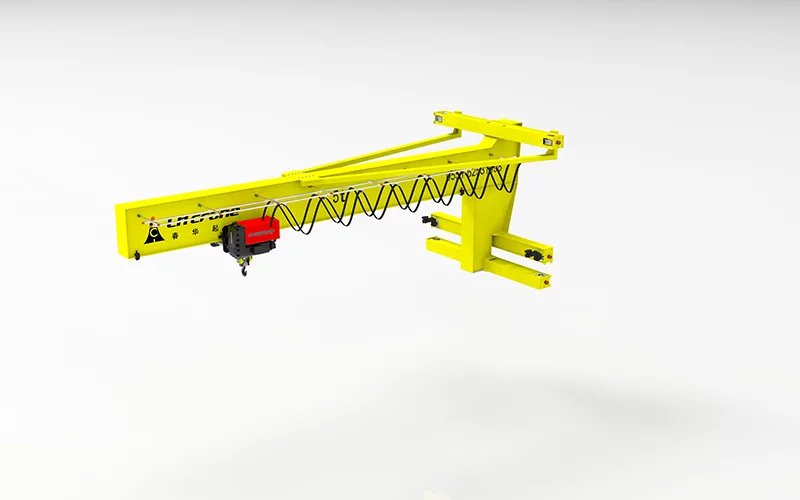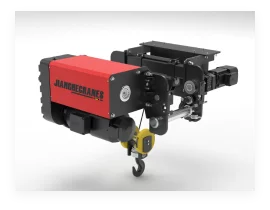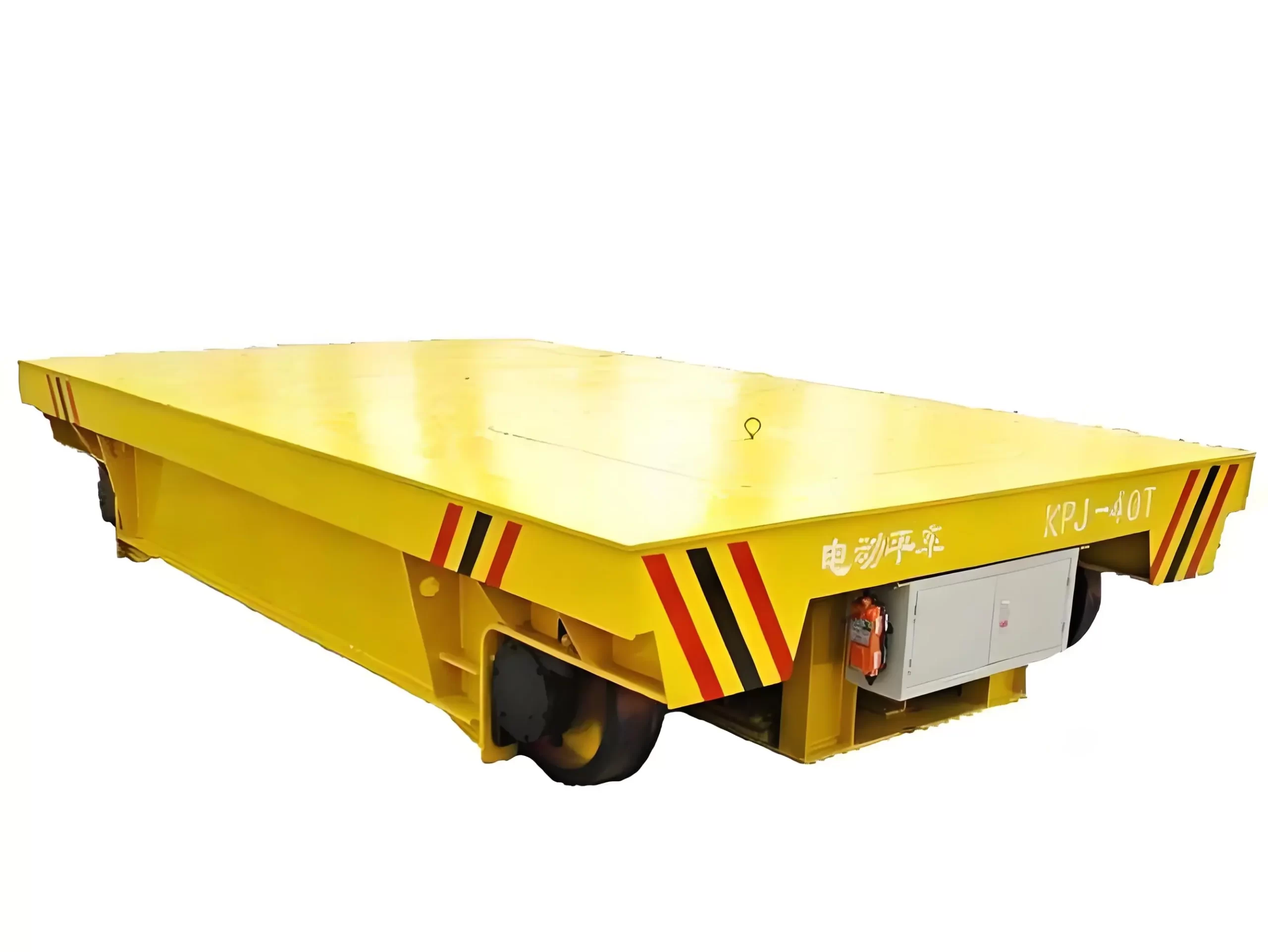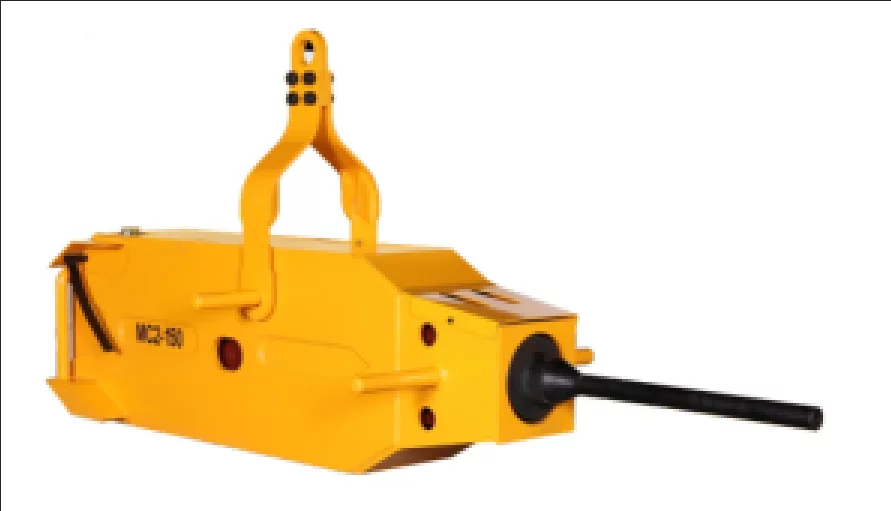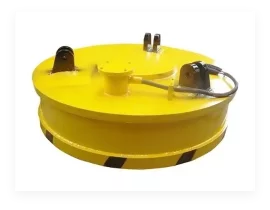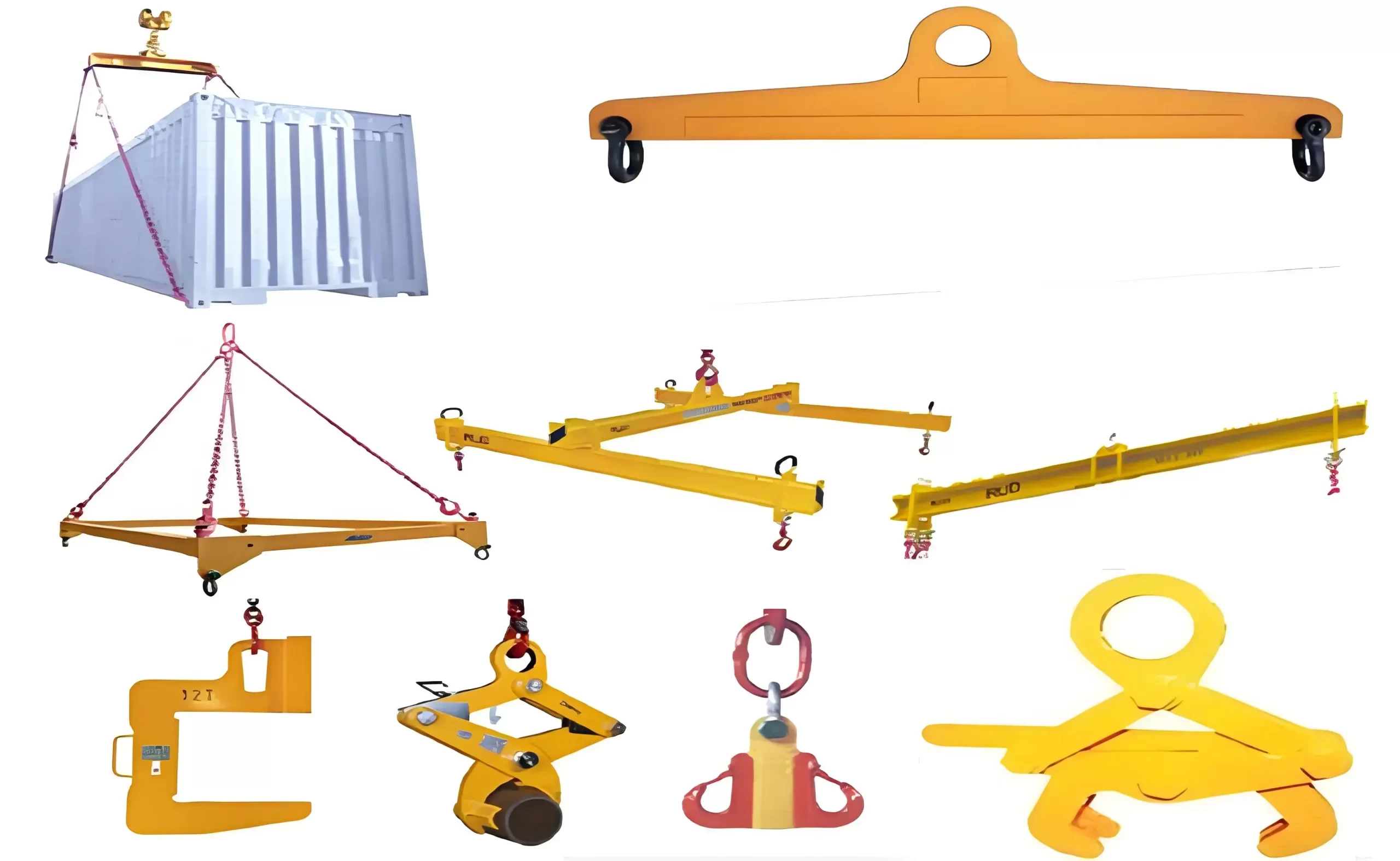-
07
2025/07
Driven by innovation, empowering the industry! Double Girder Overhead Crane Delivered in Glory Today
Recently, a well-built double girder overhead travelling crane has completed all the commissioning and quality inspection, and was officially shipped to the customer's project site. This shipment is not only a strong demonstration of the company's product strength, but also injects new momentum into the industry. This double girder overhead travelling crane has a maximum lifting capacity of 10 tons, a span of 22.5 meters, and a working class of A 6, which can efficiently meet the needs of heavy goods lifting. At the same tim e,...
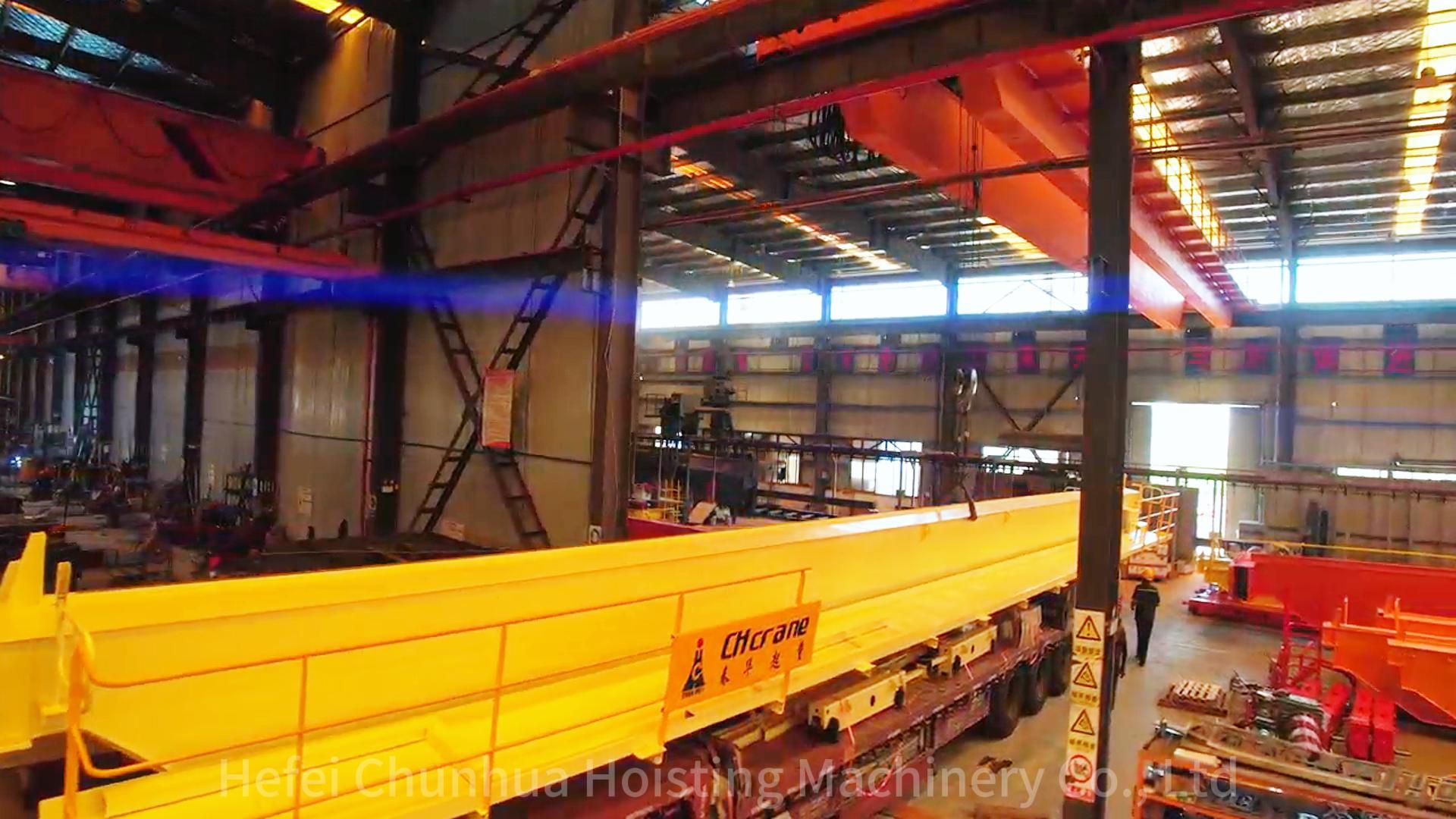
-
07
2025/07
How long is the crane warranty?
Our lifting equipment has a 2-year warranty. If you have any problems with the equipment during this period, please feel free to contact us. We will provide you with a maintenance plan for the lifting equipment.
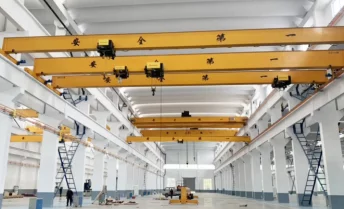
-
07
2025/07
What is the delivery time of lifting equipment?
The estimated delivery time for crane equipment and crane components of different capacities is different, generally about 15 to 40 days. You can consult our company for specific lifting equipment and accessory models to communicate the delivery time.

-
30
2025/06
What mode of transportation does Chunhua Hoisting Machinery use?
We recommend air transport or LCL for small quantities of lifting equipment, and container or bulk carrier for large quantities of lifting equipment.
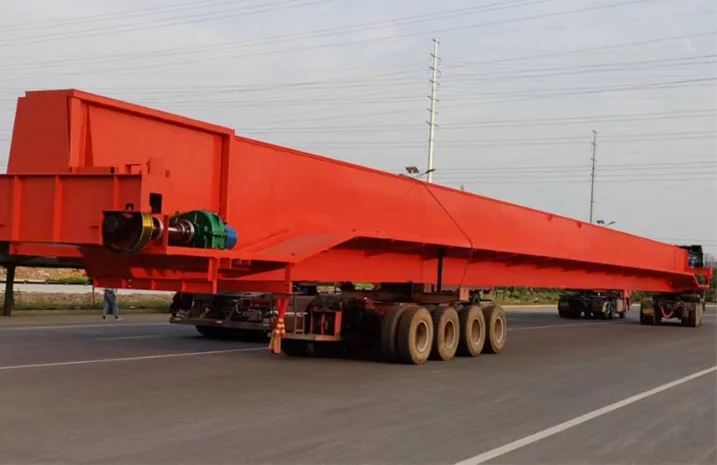
-
30
2025/06
Does Chunhua Crane accept OEM business?
Sure, we do many OEM productions for some famous crane brand and customers around the world.
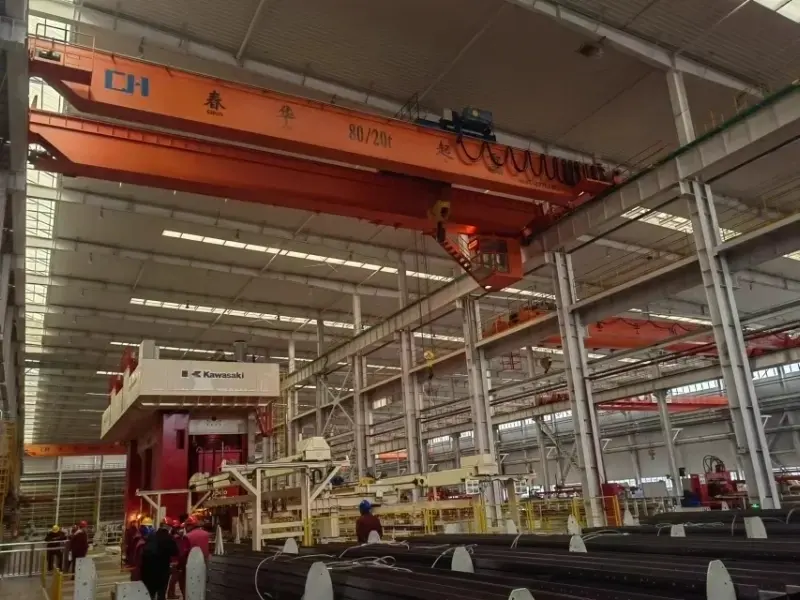
-
30
2025/06
Are you Manufacturer or Trading Company?
We are an crane equipment manufacturer. We have our factory,R&D team,and marketing department.
